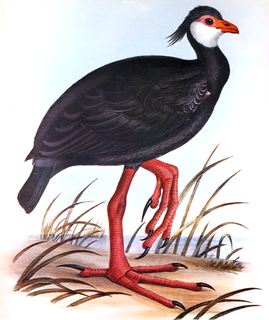
George Robert Gray FRS was an English zoologist and author, and head of the ornithological section of the British Museum, now the Natural History Museum, in London for forty-one years. He was the younger brother of the zoologist John Edward Gray and the son of the botanist Samuel Frederick Gray.

John Obadiah Westwood was an English entomologist and archaeologist also noted for his artistic talents.
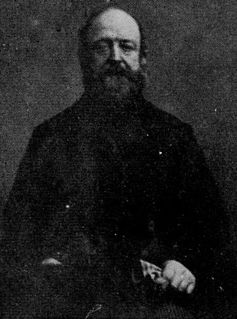
James Francis Stephens was an English entomologist and naturalist. He is known for his 12 volume Illustrations of British Entomology (1846) and the Manual of British Beetles (1839).
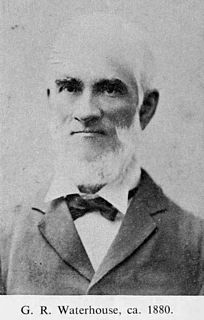
George Robert Waterhouse was an English naturalist. He was a keeper at the department of geology and later curator of the Zoological Society of London's museum.

William Kirby was an English entomologist, an original member of the Linnean Society and a Fellow of the Royal Society, as well as a country priest, making him an eminent parson-naturalist. He is considered the "founder of entomology".

Thomas Bainbrigge Fletcher was an English entomologist. Although an amateur lepidopterist who worked in the Royal Navy, he became an expert on "microlepidoptera" and was appointed as the second Imperial Entomologist in India to succeed Harold Maxwell Lefroy. Although only an amateur entomologist, he is credited with reorganizing entomological research in India by coordinating and directing research, efficient sharing of findings and a reduction in duplication of research work.
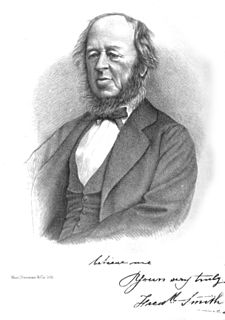
Frederick Smith was a British entomologist who worked at the zoology department of the British Museum from 1849, specialising in the Hymenoptera.

John Curtis was an English entomologist and illustrator.
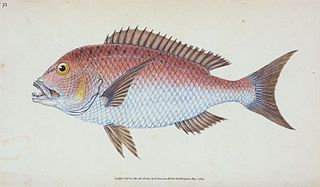
Edward Donovan (1768–1837) was an Anglo-Irish writer, natural history illustrator, and amateur zoologist. He did not travel, but collected, described and illustrated many species based on the collections of other naturalists. His many books were successful and remain as a reference to biology. He died penniless in 1837 leaving a large family destitute.

Francis Walker was an English entomologist. He was one of the most prolific authors in entomology, and stirred controversy during his later life as his publications resulted in a huge number of junior synonyms.

Carl Henrik Boheman was a Swedish entomologist.
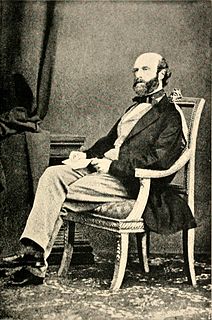
Alexander Henry Haliday was an Irish entomologist. He is primarily known for his work on Hymenoptera, Diptera, and Thysanoptera, but worked on all insect orders and on many aspects of entomology.
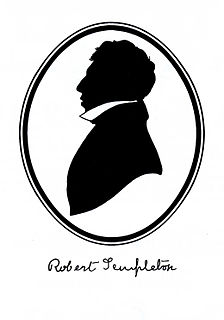
Robert Templeton was a naturalist, artist, and entomologist, and was born at Cranmore House, Belfast, Ireland.
Jacques Marie Frangile Bigot (1818–1893) was a French naturalist and entomologist most noted for his studies of Diptera. Bigot was born in Paris, France, where he lived all his life, though he had a small house in Quincy-sous-Sénart, Essonne. He became a member of the Entomological Society of France in 1844, and his first paper was published in its Annals in 1845, as was most of his later work. Bigot was a prolific author, and, like Francis Walker, his work was the subject of much later criticism.

The Royal Entomological Society is devoted to the study of insects. Its aims are to disseminate information about insects and improving communication between entomologists.

Charles Jean-Baptiste Amyot was a French lawyer and entomologist especially interested in the Hemiptera.

William Wilson Saunders FRS was a British insurance broker, entomologist and botanist.
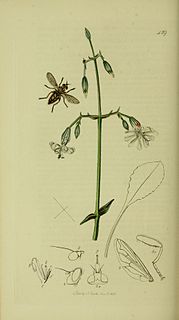
George Thomas Rudd was an English entomologist mainly interested in Coleoptera.
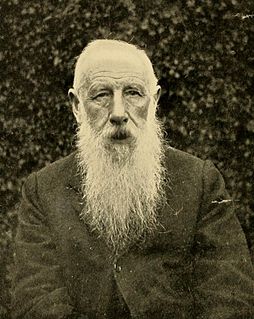
David Sharp FRS was an English physician and entomologist who worked mainly on Coleoptera. He was among the most prolific publishers in the history of entomology with more than 250 papers that included seven major revisions and reviews and a highly influential work on the structure and modifications of the male genital structures among the beetle families. He was the editor of the Zoological Record for three decades.

Adam White was a Scottish zoologist.





















